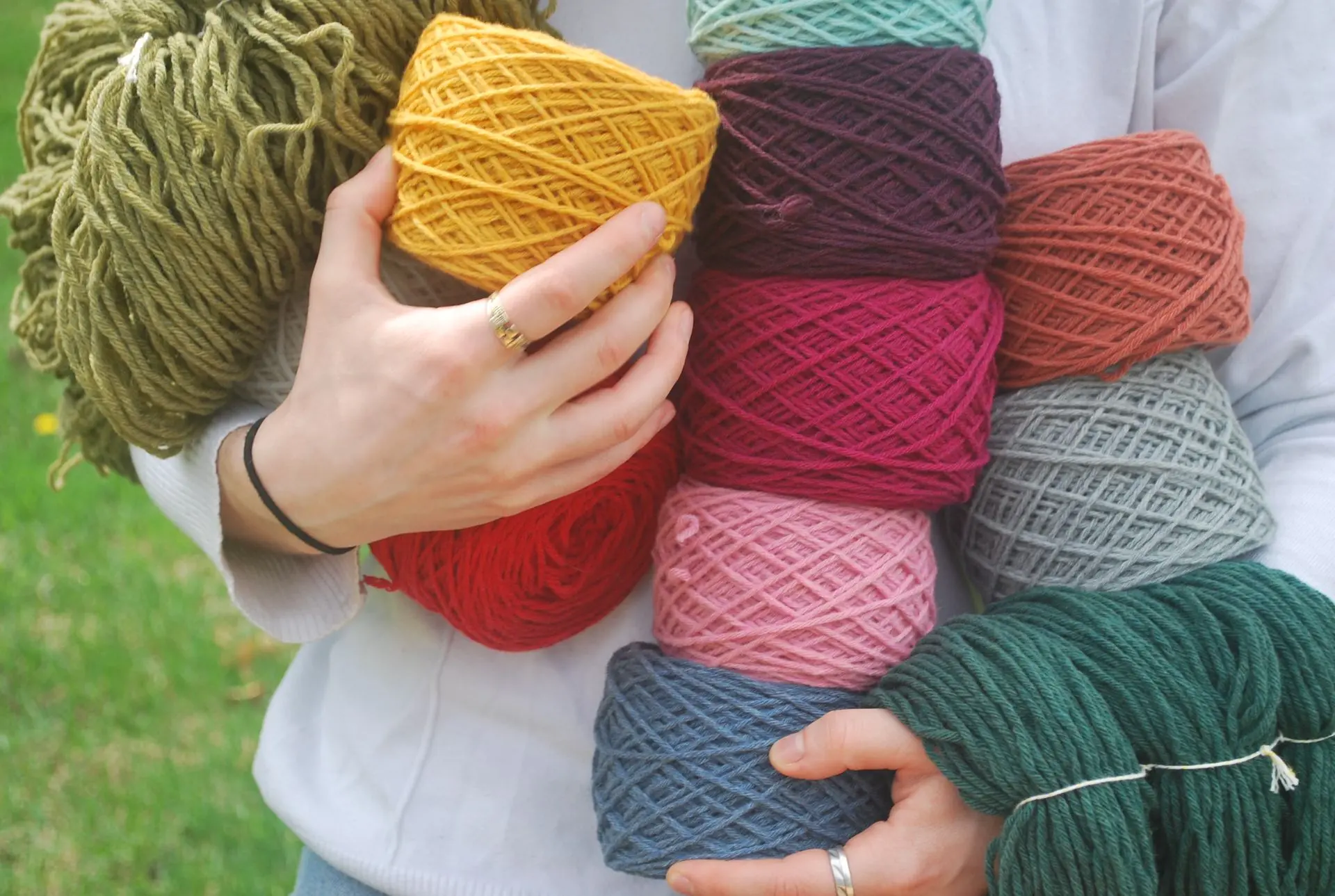difference between open-loop and closed-loop recycling
Recycling is the process of transforming waste into reusable material. This step is taken when a product is no longer usable, cannot be refurbished or remanufactured, or isn’t suitable for those processes. Recycling ensures that the materials of the product are kept in use, preventing them from becoming waste. While the embedded value of a product—the time and energy spent making it—is lost in recycling, the value of the materials themselves is preserved.
open-loop recycling, also called ‘down-cycling’, refers to the process where textiles and clothing are recycled into new products that are different from their original form. This often involves converting used fabrics into materials for other industries or lower-grade products within the fashion industry. For example, recycling old clothes into industrial rags or insulation materials; or converting used textiles into stuffing for furniture or automotive interiors.
closed-loop recycling involves recycling textiles and clothing into new products of the same type and quality as the original. This system aims to create a continuous cycle of reuse, maintaining the integrity and properties of the materials. For example, recycling polyester garments into new polyester fibers that are used to create new clothing; or turning used cotton fabrics back into cotton fibers for producing new garments or collecting, sorting, shredding, and spinning discarded wool sweaters into 100% recycled yarn - this is where spun•up comes into the picture!
